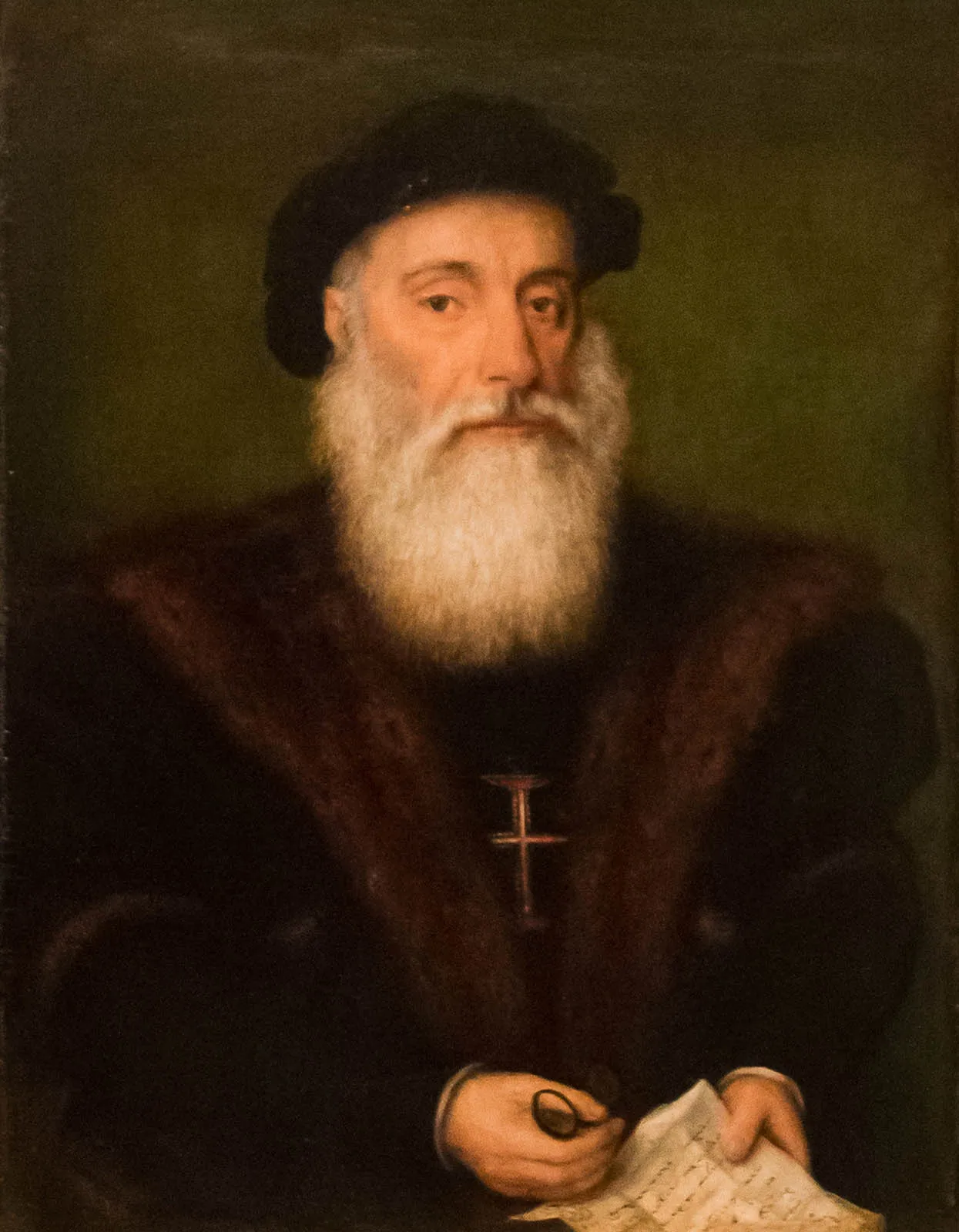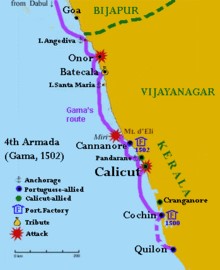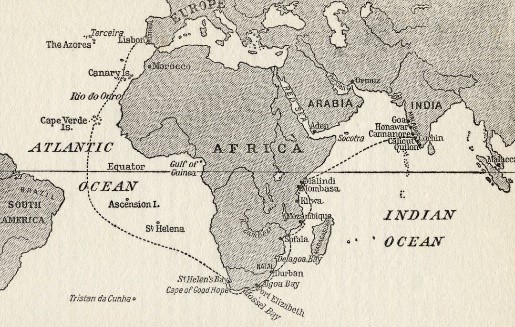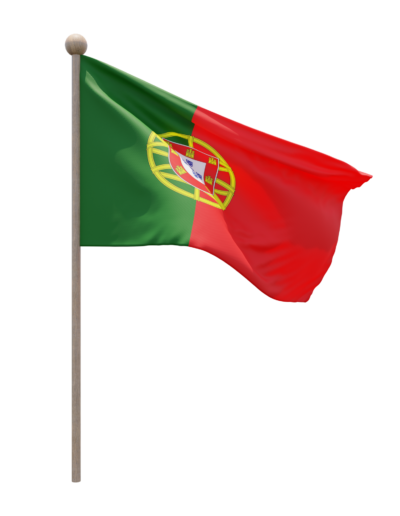The Portuguese Story
Portuguese using ocean currents and wind to reach Cape of Good Hope
Portuguese using ocean currents and wind to reach Cape of Good Hope

Vasco Da Gama
Portugal, located on the Iberian Peninsula of southwestern Europe and locked in by the Spanish, had to look towards the ocean as their means of expansion. This vast expanse of water had to be mastered to set sail across its vastness and that meant learning about the Trade Winds and Ocean currents of the Atlantic Ocean. Supported by its ruler Prince Henry, whom historians call “the Navigator,” this independent kingdom fostered exploration and trade with western Africa. Skilled shipbuilders and navigators who took advantage of maps from all over Europe, Portuguese sailors used triangular sails and built lighter vessels called caravels that could sail down the African coast on longer ocean voyages. Portuguese mariners also began to use the astrolabe, a tool to calculate latitude, that allowed for more precise navigation on the open seas.
Motivated by economic as well as religious goals, the Portuguese established forts along the Atlantic coast of Africa during the fifteenth century. Their trading posts there generated new profits that funded further trade and further colonization. Meanwhile, the vagaries of ocean currents and the limits of the day’s technology forced other Portuguese, as well as Spanish, mariners to sail west into the open sea before cutting back east to Africa.
In so doing, the Portuguese and Spanish stumbled upon several islands off the Atlantic coast of Europe and Africa, including the Azores, the Canary Islands, and the Cape Verde Islands. Although small and little known to Americans today, these islands became training grounds for the later colonization of the New World, particularly the cultivation of sugar.
Originally grown in Asia, sugar had become a popular, widely profitable luxury item consumed by the wealthy nobility of Europe by the fifteenth century. But it had proven difficult to cultivate in Europe. It required tropical temperatures, daily rainfall, unique soil conditions, and a fourteen-month growing season. With the Atlantic Islands, the Portuguese found new land to support sugar production. New patterns of human and ecological destruction followed. Isolated from the mainland of Europe and Africa for millennia, most of the islands’ natives either perished or were enslaved after Europeans arrived. Those who were enslaved were used to cultivate the difficult, labour-intensive sugar crops. But their small numbers proved inadequate to meet the labour demand. Having recently established good relations with powerful African rulers from the Kongo, Ndongo, and Songhai, Portuguese merchants looked to fill the gap with slaves from Africa. Slavery had long existed among African societies, often as a consequence of war or debt. Typically, African servants became a part of the extended tribal family. Responding to Portuguese requests, African leaders soon traded war captives—who by custom forfeited their freedom in battle—for Portuguese guns, iron, and manufactured goods. The Portuguese then exported these African captives to their Atlantic islands. Thus, were born the first Atlantic plantations. In time, much of the Atlantic World would become a gargantuan sugar-plantation complex in which Africans laboured to produce the highly profitable commodity for European consumers.
By the end of the fifteenth century, the Portuguese mariner Vasco de Gama leapfrogged his way southward and around the southern tip of Africa to reach the Indian Ocean. From there he followed the winds to India and lucrative Asian markets. Vasco da Gama, a Portuguese explorer, was the first European to reach India by sea. He arrived in Calicut on May 20, 1498. The period of Portuguese rule in India is said to have lasted from 1505 to 1961. 1961 was the year Portugal ceded Goa to the Indian Union thus ending their final hold on the Indian sub-continent.
The Portuguese rule in India had a significant impact on the country. The Portuguese introduced new crops such as tobacco, cashew, and chili to India. They introduced Catholicism to the region and built many churches and convents. The Portuguese also established a trading post in Goa, which became the capital of their Indian territories and an important center of trade and commerce. However, their rule was also marked by violence and oppression, particularly towards the local population.




